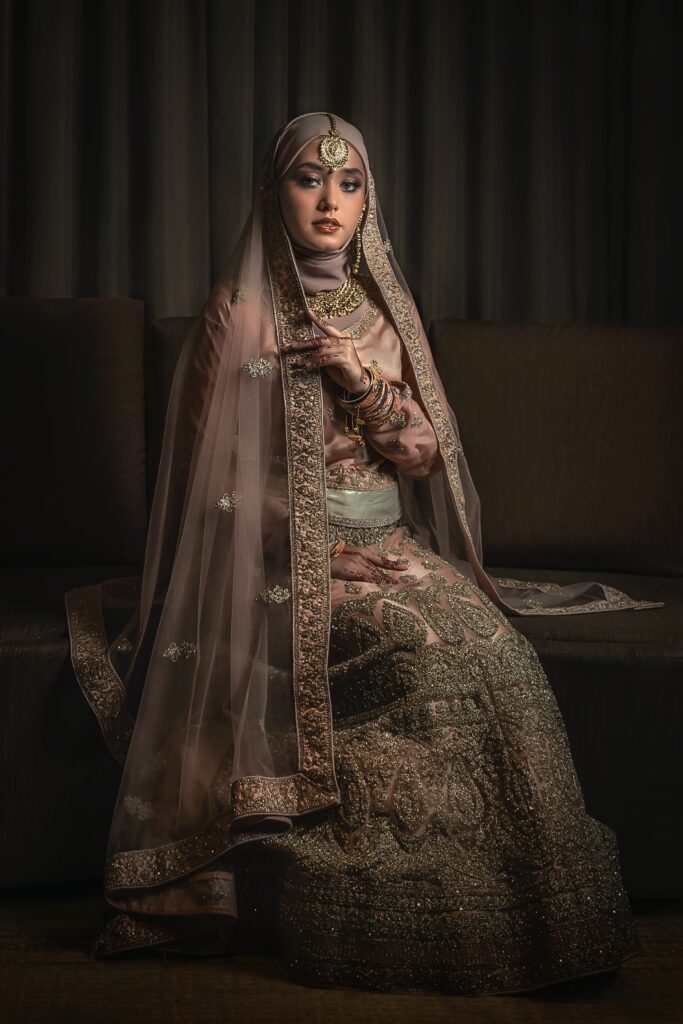Introduction: What is Cloth Dyeing and How Does it Work?
Cloth dyeing is a process used to add color and vibrancy to fabrics. It involves the use of various dyes, chemicals, and other materials to permanently change the color of the fabric. The dyeing process can be done manually or with machines, depending on the type of fabric being dyed. Different cloth dyeing techniques have been developed over time, each with its own unique characteristics and advantages. In this article, we will look at the different types of cloth dyeing processes available today as well as their respective uses and benefits.
The History of Cloth Dyeing Around the World
Cloth dyeing is an ancient art that has been practiced around the world for centuries. Traditional methods of cloth dyeing were used to create vibrant hues and patterns, often using natural materials like plants, minerals, and insects. Over time, with the advent of modern technologies, cloth dyeing has evolved from a slow and labor-intensive process to a more efficient one. In this article, we will explore the history of cloth dyeing around the world and how it has changed over time. We will also discuss some of the traditional methods used for dying cloth as well as how modernization has impacted this process.
Exploring Traditional Cloth Dyeing Techniques from Different Cultures
Traditional cloth dyeing techniques have been used for centuries in different cultures around the world. From the Japanese Shibori technique to African mud-dyeing methods, each culture has its own unique way of creating vibrant and beautiful fabrics.
In this article, we will explore some of the most popular traditional cloth dyeing techniques from different cultures. We will look at how these techniques are used and what materials are needed for each method. We will also discuss some of the benefits that come with using traditional dyeing methods instead of modern synthetic dyes. Finally, we will look at how these traditional methods can be adapted to suit contemporary fashion trends.
The Benefits & Drawbacks of Using Natural vs Synthetic Fabric Dyes
Natural and synthetic fabric dyes have different advantages and drawbacks when it comes to using them in the textile industry. Natural fabric dyes are made from natural materials such as plants, minerals, and other organic sources. On the other hand, synthetic fabric dyes are made from chemical compounds. Both types of dye can be used to color fabrics for a variety of purposes.
When it comes to deciding between natural or synthetic fabric dyes, there are several factors that need to be taken into consideration. Natural fabric dyes tend to be more eco-friendly than their synthetic counterparts due to their use of renewable resources and non-toxic components. They also provide a wider range of colors than synthetic dyes and can last longer when exposed to light or washing. However, natural dyeing processes tend to be more expensive and time-consuming than using synthetic fabrics due to the complexity involved in obtaining the necessary ingredients.
Synthetic fabric dyes offer advantages such as being cheaper and easier to use. Many products are dyed using the same colorant, but with different types of processes to produce dye colors. For example, a garment may be dyed with a shade of black dye (oxidation dyeing) or a shade of green dye (direct dyes). When this is done, the resultant color is called “compound” or “mixed”.
Modernizing Traditional Dye Methods with New Technology & Innovation
Traditional dyeing methods have been used for centuries to produce vibrant and beautiful fabrics. However, with the advancement of technology, there are now more modern ways to create stunningly colorful fabrics. By combining traditional dyeing techniques with new technologies and innovations, it is possible to create unique and eye-catching fabric designs.

New technologies such as digital printing can be used in combination with traditional dyeing methods to produce intricate patterns and textures on fabric. Additionally, modern innovations like nanotechnology can be used to create coloring agents that are more resistant to fading and last longer than traditional dyes.
By utilizing the latest technologies and innovations available today, it is possible to create stunningly beautiful fabrics while still preserving the traditional methods of dyeing that have been around for centuries.
You can use ClothieX for Dry Cleaning




